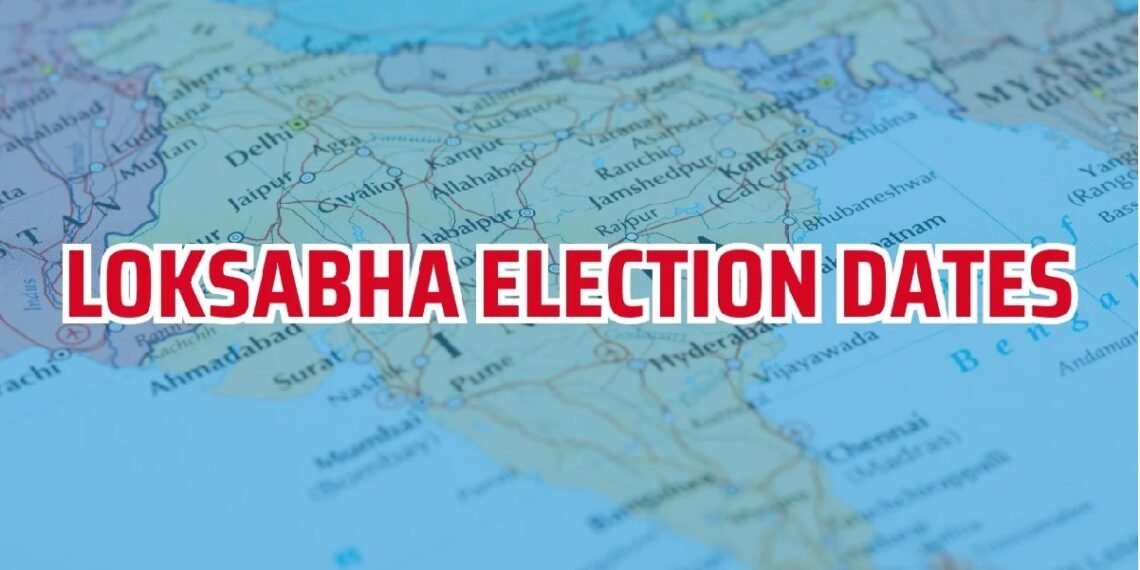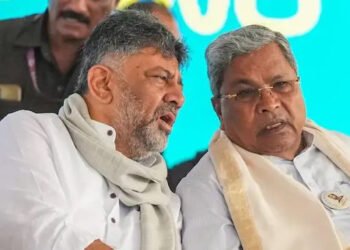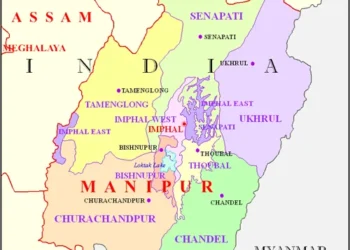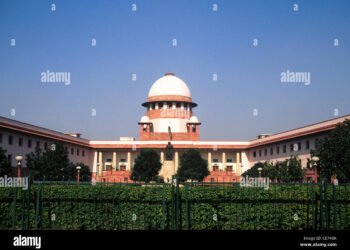The Election Commission of India said on Saturday that the seven phases of the 2024 Lok Sabha elections will take place from April 19 to June 1. On June 4, the results will be announced. The Model Code of Conduct will now be in force as a result.
“Lok Sabha Poll Dates Revealed: Seven Phases of Voting from April 19 to June 1; Results on June 4 – Assembly Elections Schedule Also Unveiled”
Phase I voting will take place on April 19, Phase II on April 26, Phase III on May 7, Phase IV on May 13, Phase V on May 20, Phase VI on May 25, and Phase VII on June 1.
Schedule :General Election to Lok Sabha 2024#ECI #GeneralElections2024 pic.twitter.com/2fjMIsxIw3
— Election Commission of India (@ECISVEEP) March 16, 2024
June 4 is when the votes will be tallied. Chief Election Commissioner Rajiv Kumar also released the poll schedule for the Assembly elections in four states.
There will be assembly elections in Andhra Pradesh on May 13, in Arunachal Pradesh on April 19, and in Sikkim on April 19. There will be two voting phases in Odisha on May 13 and May 20.
General Election to Lok Sabha 2024- State wise data in each Phase#ECI #GeneralElections2024 #MCC pic.twitter.com/HPVrb23Bh7
— Election Commission of India (@ECISVEEP) March 16, 2024
“Election Logistics and BJP’s Triumph in 2019: Insights into India’s Electoral Landscape”
Elections for 26 Assembly seats will be held in conjunction with the Lok Sabha elections.
There are more than 12 lakh polling places where the nearly 96.8 crore eligible voters can cast their ballots in the next elections.
The Bharatiya Janata Party (BJP), led by Prime Minister Narendra Modi, won 303 of the 542 seats that were up for grabs in the 2019 Indian Lok Sabha elections. The party’s performance was especially noteworthy in states like Uttar Pradesh, where they secured 62 out of 80 seats and cemented their leadership in national politics.
“Congress’s Electoral Setback, Regional Dynamics, and State Elections: A Recap of 2019 Lok Sabha Polls”
However, the Congress lost badly for the second time in a row and was left with just 52 seats. This time, the venerable party is a member of the opposition INDIA bloc. Although it has successfully negotiated seat-sharing agreements in Delhi, Uttar Pradesh, Gujarat, and Tamil Nadu, alliance partners in West Bengal, Punjab, and Bihar have left it high and dry. There are still issues with seat-sharing in a few important states, such as Maharashtra.
The previous Lok Sabha elections saw a range of performances from other parties and regional players as well. With 22 out of 42 seats won, Mamata Banerjee’s Trinamool Congress (TMC) maintained its hegemony in West Bengal. In Tamil Nadu, the DMK, under the leadership of MK Stalin, made considerable progress, winning 23 of 38 seats. In the meantime, Akhilesh Yadav’s Samajwadi Party and Mayawati’s BSP both lost ground in Uttar Pradesh.
2019 saw the concurrent holding of Lok Sabha and assembly elections in four states: Odisha, Andhra Pradesh, Sikkim, and Arunachal Pradesh.
“YSR Congress Dominance in Andhra Pradesh, BJD’s Continued Success in Odisha: Highlights from State Assembly Elections”
With 151 Assembly seats, the YSR Congress swept to power in the Andhra Pradesh assembly elections. Only 23 were achieved by the Telugu Desam Party, which came to power in June 2014.
The Biju Janata Dal (BJD), led by Odisha Chief Minister Naveen Patnaik, maintained its winning record in 2019, securing 117 of the 146 assembly seats. With 23 seats, the BJP secured significant gains in the state, while the Congress managed only 9 seats.













